PDF chapter test TRY NOW
Fibre is a thin thread made either from natural or artificial sources. Fabric is made from the ingredient fibre, which can be natural and artificial sources.
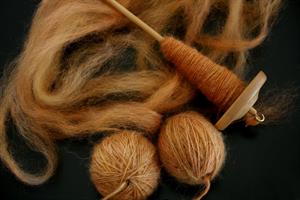
Sheep wool being spun to finished yarn
The fibres can be cotton, jute, wool, silk and nylon etc. Fibres are used to make the clothes, the furniture covers, cloth-bags, bandages and carpets, etc.
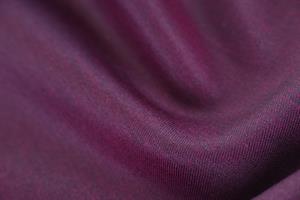
Fabric cloth
Both natural and synthetic fibres are polymers. This, in turn, refers that fibres is a long chain materials. Fibres are spun into yarn which is a long thread of textile fibre that turns into fabrics.
Natural Fibre
Natural fibres are obtained from natural sources such as plants, and animals.
Animal - protein fibre
Plant - cellulosic fibre
The animal fibre is from the wools, hair and silk.
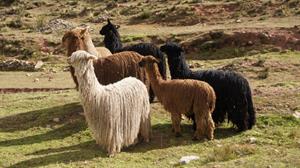
Alpaca Suri with long hair - Animal fibre
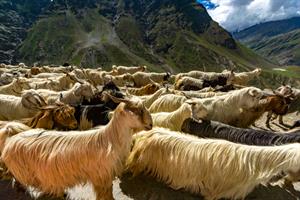
Pashmina Goat in Ladakh - Animal fibre
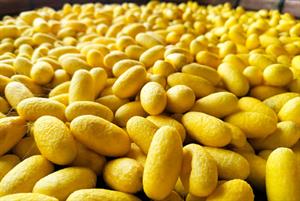
Yellow thai silkworm cocoons - Animal fibre
The plant fibre is made from the different parts of the plants such as
- Bast - The fibre made from cells that are from the outer layer of the plant stem (flax, hemp, jute)
- Leaf - The fibre made from the leaves (palm, banana leaves)
- Seeds - The fibres made from the seeds of the plant (cotton, soya)
- Fruit - The fibres made from the fruit of the plant (coir, luffa)
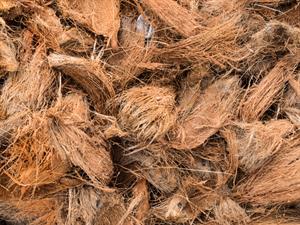
Dry coconuts fibre
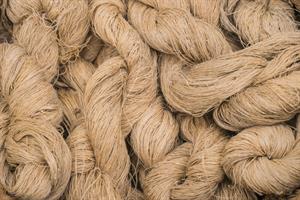
Flax roving yarn fibre
The characteristics of natural fibres is that they are good absorbent, comfortable to wear, cooler, wrinkles, and shrinks when washed. Some important natural fibres are cotton, jute, wool, silk, linen.
Now, let us recall about natural fibres and how we are using it.
Linen:
Now, let us recall about natural fibres and how we are using it.
Linen:
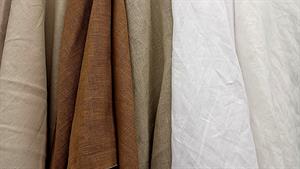
Linen fabric
Linen is made from flax where flax is the fibre and linen is the fabric. They are durable, strong, have good absorbing capacity. The disadvantage is that they burn easily and wrinkles.
Cotton:
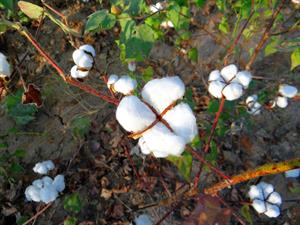
Cotton buds
Cotton is used most in textile products as they are inexpensive, good absorbent, comfortable. They are also used in making furniture covers, cloth-bags, bandages and carpets etc.
Silk:
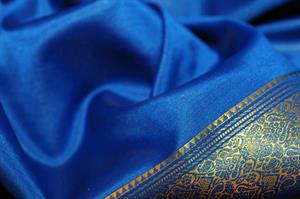
Silk saree
Silk is a soft and lightweight material. They are strong in nature. The disadvantage is that they stain in water and are expensive. The fibres of silk used to make clothes such as shirts, suits, ties, blouse lingerie, pyjamas, and jackets.
Jute:
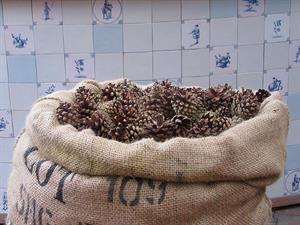
Jute sack fibre
Jute is a good insulator and has low thermal conductivity. They can be combined with natural and synthetic fibres. We use it to make furnishing material, shopping bags and sailcloth like curtains, etc. The major disadvantage of jute is they lose their strength when wet.
Wool:
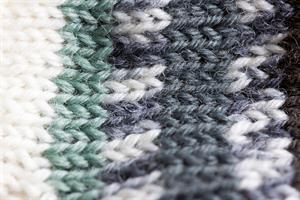
Wool knitting fibre
Wool is a protein fibre from animals such as sheep and lambs. These are natural insulators. The advantage is that they give warmth when used, recyclable. The major disadvantage is that they are affected by moths.
